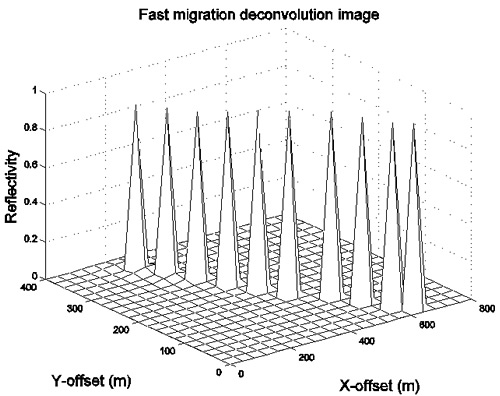A Key issue for geophysical exploration is the migration imaging. But direct migration, e.g., Kirchhoff migration, usually yields low-resolution or blurred seismic imaging results. In recent years, migration deconvolution and inversion receives much more attention, which requires solving a linerized blurring integral equation. This corresponds to least squares migration. However, direct least squares solution is unstable because of ill-posedness of the problem. To tackle this difficulty, people developed conjugate gradient methods. However, the conjugate gradient method for the least squares problem costs twice times of the amount of computation of the traditional migration. Therefore, any new inversion methods for improving solution efficiency and enhancing regularity are desirable.
We recall that the migration deconvolution can reduce noise and blurring, and improve the resolution of seismic imaging and the correct amplitude. The difficulties of migration deconvolution lie in that the ill-posed nature of the problem and finding a priori knowledge; control of the iterative regularization loops; proper preconditioning and large scale computing.
In recent studies, Yanfei Wang et al. consider regularization of migration imaging and develop a fast gradient descent iterative regularizing algorithm for seismic migration and deconvolution. The method possesses superiority of fast convergence, low computational complexity and can be applied to inversion problems in geophysical exploration.
For details, please refer to (Wang et al., Accelerating migration deconvolution using a nonmonotone gradient method, Geophysics, Vol. 75, No.4, pp.S131–S137, 2010). Download Here

Figure: Migration deconvolution results for point scatter models using fast gradient method